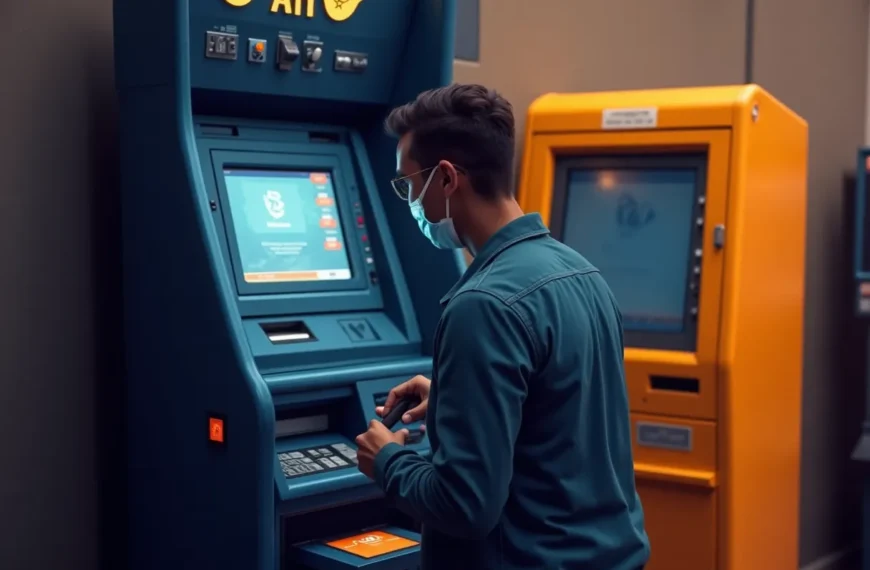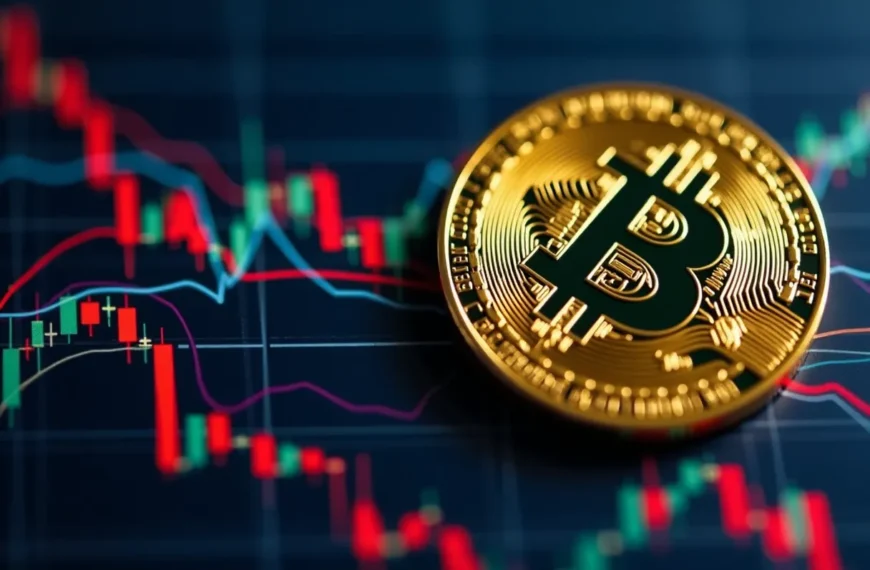Introduction
The ongoing discourse surrounding the future of Bitcoin in relation to traditional fiat currencies, particularly the United States dollar, has gained momentum, especially in light of recent tariff discussions. As tariffs imposed by the Trump administration have stirred economic debates, cryptocurrency analysts are pondering the potential of Bitcoin to not only coexist with fiat currencies but possibly surpass them. This article delves into the implications of these tariffs and the evolving role of Bitcoin in the global economy.
The Impact of Tariffs on the Economy
Tariffs, which are taxes imposed on imported goods, serve as tools for governments to protect domestic industries. However, they can also lead to:
These factors can create uncertainty in the economy, prompting investors to seek alternatives. In this context, Bitcoin’s decentralized nature and limited supply make it an appealing option for those looking to hedge against economic instability.
Bitcoin as a Safe Haven Asset
Historically, during times of economic uncertainty, investors have turned to safe-haven assets such as gold. Bitcoin is increasingly being viewed as a digital equivalent, offering:
As tariffs create economic turbulence, Bitcoin’s attributes may position it as a more attractive asset for investors seeking security.
The Debate: Can Bitcoin Outlast the US Dollar?
The question of whether Bitcoin can surpass the US dollar is complex and multifaceted. While Bitcoin has shown significant growth and resilience, several factors must be considered:
1. Market Adoption
For Bitcoin to surpass the US dollar, it needs widespread adoption as a medium of exchange. This includes:
As more businesses and individuals adopt Bitcoin, its value could rise, potentially positioning it as a viable alternative to fiat currencies.
2. Regulatory Environment
Regulatory frameworks play a crucial role in Bitcoin’s future. Governments around the world are grappling with how to regulate cryptocurrencies. Clear and favorable regulations could foster growth and stability in the crypto market, while stringent regulations could stifle innovation. Key considerations include:
Benevolent regulations could pave the way for Bitcoin to flourish, but adverse regulatory actions could hinder its progress.
3. Technological Advancements
Technological developments in the blockchain space can significantly influence Bitcoin’s viability. Innovations such as the Lightning Network, which aims to facilitate faster transactions with lower fees, could enhance Bitcoin’s usability. Additionally, improvements in security and scalability will be essential for sustaining growth and fostering trust among users.
Bitcoin and the Future of Currency
As we navigate through an era of economic uncertainty due to tariffs and trade wars, the future of currency is being redefined. Bitcoin, as a decentralized digital asset, offers a glimpse into a potential future where traditional fiat currencies may coexist with cryptocurrencies.
1. The Role of Fiat Currencies
Fiat currencies, such as the US dollar, have served as the backbone of the global economy for decades. However, their reliance on government backing and central banks can make them vulnerable to economic shifts. As individuals and businesses seek alternatives, Bitcoin’s appeal as a decentralized currency may grow, leading to:
2. Bitcoin’s Volatility and Investment Potential
One of the significant challenges Bitcoin faces is its price volatility. While this can present investment opportunities, it also poses risks for those looking to use Bitcoin as a stable medium of exchange. To overcome this, Bitcoin must achieve greater price stability, which could be facilitated by:
If Bitcoin can stabilize its price, it could become a more viable alternative to traditional currencies.
Conclusion
The debate over whether Bitcoin can surpass the US dollar is ongoing and influenced by numerous factors, including market adoption, regulatory environments, and technological advancements. As tariffs and economic uncertainties continue to shape global markets, Bitcoin’s unique characteristics position it as a potential alternative to traditional fiat currencies.
In an evolving financial landscape, the future of Bitcoin remains uncertain yet promising. As more individuals and institutions embrace cryptocurrency, Bitcoin may not only survive but thrive, painting a picture of a future where digital currencies play a crucial role alongside traditional fiat systems. Whether Bitcoin can ultimately outlast the US dollar remains to be seen, but its journey is certainly one to watch.






